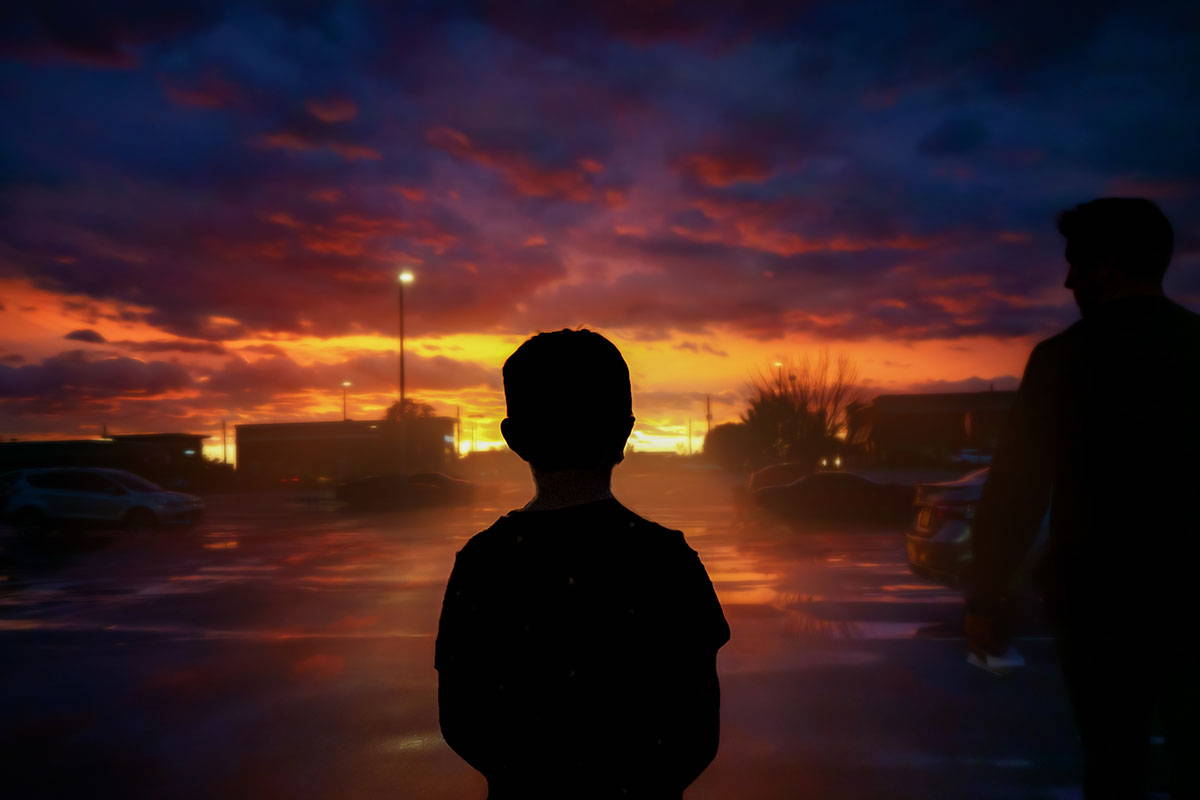Capturing Excellence: Unveiling the Latest Trends in Photography Techniques

4-12-2024, 03:13 Admin 3 833 0
Today, we stand at a photographic intersection where technology and artistry merge in unprecedented ways. The rapid advancements in technology and equipment have led to the emergence of new photography techniques that sharpen skillsets, augment creativity, and amplify efficiency. This article discusses these latest trends, shedding light on how modern technology is aiding photographers in capturing their unique visions with far greater excellence.
Let's begin our exploration with a compelling trend, known as Drone Photography. Drones, with their ability to capture high-resolution images and videos from vantage points that were previously inaccessible, are a game changer. Landscape and property photography have particularly benefitted, with drone cameras enabling exhaustive aerial perspectives of extensive outdoor views and multistoried structures. This development has not only transformed the photographic landscape but also significantly enhanced operational efficiency.
Next, the field of Macro Photography has seen a metamorphosis with the advent of micro lens technology. The high magnification of these lenses enables photographers to capture minute subjects with precision, often revealing details invisible to the naked eye. This technique provides a fresh perspective on everyday subjects, and has found robust application in industries such as advertising and nature photography.
Moving under the umbrella of Artificial Intelligence (AI), Deep Learning has also entered the photography arena, impacting image production in a transformative way. This technology refers to 'intelligent' editing software that recognizes faces, objects, and even moods in an image, and suggests modifications accordingly. This significantly reduces the manual labour involved in photo editing, rendering the process faster and more efficient.
In a similar vein, HDR (High Dynamic Range) technology has surged in popularity because of its ability to reconcile image elements that conventionally have contrasting exposure requirements. For instance, capturing a well-lit object against a dark background invariably sacrifices the detail of one or the other. HDR technology allows for simultaneous capture of different exposures, combining them into a single image with balanced lighting. This eliminates redundant shots and saves precious time, effectively optimizing efficiency.
Lastly, let's discuss 3D Virtual Tours, a photography technique that creates immersive experiences by mimicking real-life spatial movements through images. Employed predominantly in the real estate, hospitality, and tourism sectors, this technique offers a 'try-before-you-buy' experience to customers, significantly enhancing customer engagement and driving sales.
In conclusion, as photography techniques continue to evolve, modern technology bears the torch for progress, driving technical capabilities to meet artistic demands with efficiency. The waves of change are propelling us towards a future where the boundaries of what's photographically possible are constantly being pushed and redefined. From drones to AI, these novel trends in photography are enriching the art form, ensuring it remains as striking and relevant in the digital age as it was in the age of the dark room. And they promise one thing — no matter how much technology reshapes the field, the essence of photography will always revolve around capturing moments with excellence — moments that tell compelling stories, captivate hearts, and stand suspended in time!
Let's begin our exploration with a compelling trend, known as Drone Photography. Drones, with their ability to capture high-resolution images and videos from vantage points that were previously inaccessible, are a game changer. Landscape and property photography have particularly benefitted, with drone cameras enabling exhaustive aerial perspectives of extensive outdoor views and multistoried structures. This development has not only transformed the photographic landscape but also significantly enhanced operational efficiency.
Next, the field of Macro Photography has seen a metamorphosis with the advent of micro lens technology. The high magnification of these lenses enables photographers to capture minute subjects with precision, often revealing details invisible to the naked eye. This technique provides a fresh perspective on everyday subjects, and has found robust application in industries such as advertising and nature photography.
Moving under the umbrella of Artificial Intelligence (AI), Deep Learning has also entered the photography arena, impacting image production in a transformative way. This technology refers to 'intelligent' editing software that recognizes faces, objects, and even moods in an image, and suggests modifications accordingly. This significantly reduces the manual labour involved in photo editing, rendering the process faster and more efficient.
In a similar vein, HDR (High Dynamic Range) technology has surged in popularity because of its ability to reconcile image elements that conventionally have contrasting exposure requirements. For instance, capturing a well-lit object against a dark background invariably sacrifices the detail of one or the other. HDR technology allows for simultaneous capture of different exposures, combining them into a single image with balanced lighting. This eliminates redundant shots and saves precious time, effectively optimizing efficiency.
Lastly, let's discuss 3D Virtual Tours, a photography technique that creates immersive experiences by mimicking real-life spatial movements through images. Employed predominantly in the real estate, hospitality, and tourism sectors, this technique offers a 'try-before-you-buy' experience to customers, significantly enhancing customer engagement and driving sales.
In conclusion, as photography techniques continue to evolve, modern technology bears the torch for progress, driving technical capabilities to meet artistic demands with efficiency. The waves of change are propelling us towards a future where the boundaries of what's photographically possible are constantly being pushed and redefined. From drones to AI, these novel trends in photography are enriching the art form, ensuring it remains as striking and relevant in the digital age as it was in the age of the dark room. And they promise one thing — no matter how much technology reshapes the field, the essence of photography will always revolve around capturing moments with excellence — moments that tell compelling stories, captivate hearts, and stand suspended in time!
Related News
Leave a Comment


